- Empty cart.
- Continue Shopping
Dombeya Wallichi Red
₹860.00 Original price was: ₹860.00.₹549.00Current price is: ₹549.00.
Genus : Dombeya
“Elevate your garden with the striking beauty of Red Dombeya Wallichi Flower Plants. These captivating plants feature large clusters of vibrant red flowers that create a show-stopping display. The gorgeous blooms, resembling delicate hibiscus flowers, are sure to attract attention and add a touch of elegance to your garden. With their compact growth habit and lush green foliage, Red Dombeya Wallichi plants make a stunning focal point in flower beds or as eye-catching accents in containers. Enjoy the captivating beauty and vibrant colors that Red Dombeya Wallichi Flower Plants bring to your outdoor space.”
Dombeya wallichii, commonly known as the Red Flower or Pink Ball Tree, is a beautiful flowering plant that belongs to the family Malvaceae. It is native to the tropical regions of Southeast Asia, including India, Sri Lanka, and Myanmar.
Here are some more details about Dombeya wallichii:
1. Appearance: Dombeya wallichii is a medium-sized tree that can grow up to 10-15 meters (30-50 feet) in height. It has a spreading canopy with broad, ovate-shaped leaves that are dark green and glossy. The leaves are arranged in an alternate pattern along the branches.
2. Flowers: The most striking feature of Dombeya wallichii is its large, showy flowers. The flowers are borne in dense clusters or panicles that can reach up to 20 cm (8 inches) in diameter. Each cluster contains numerous individual flowers. The petals are vivid red or pink, which gives the plant its common name, Red Flower or Pink Ball Tree. The flowers have a tubular shape and are slightly fragrant.
3. Blooming period: Dombeya wallichii typically blooms during the spring and summer months, although it may vary depending on the specific climate and growing conditions. The flowering period can last several weeks, adding a vibrant splash of color to the landscape.
4. Fruit: After the flowers fade, Dombeya wallichii produces small, round, woody fruit capsules. These capsules contain numerous tiny seeds.
5. Cultural significance: Dombeya wallichii is often cultivated as an ornamental tree in gardens and parks due to its striking flowers. It can also be grown as a container plant indoors, provided it receives sufficient light and space.
6. Growing requirements: Dombeya wallichii thrives in tropical and subtropical climates. It prefers full sun to partial shade and well-draining soil. Regular watering is essential, especially during the hot and dry periods. It is important to note that the plant may not tolerate frost or extreme cold temperatures.
7. Wildlife attraction: The flowers of Dombeya wallichii attract various pollinators, including bees, butterflies, and birds, which aid in the plant’s reproductive process. The fruit capsules may also provide food for certain bird species.
It’s worth noting that while Dombeya wallichii is a visually stunning plant, it may not be suitable for all regions or climates. It’s always recommended to consult local gardening resources or experts to determine its suitability for your specific location and growing conditions.

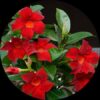
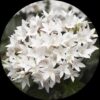
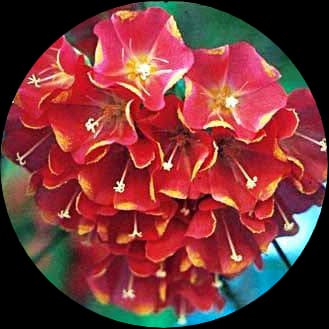
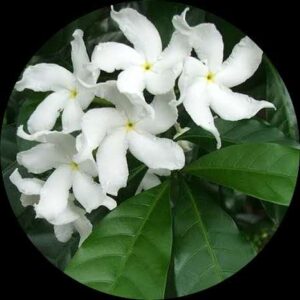
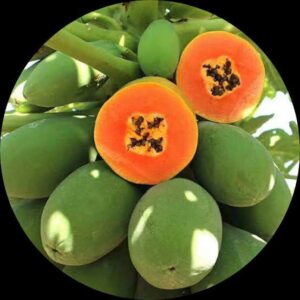
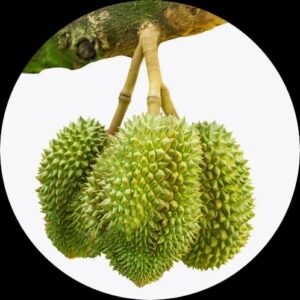
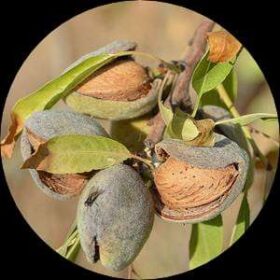

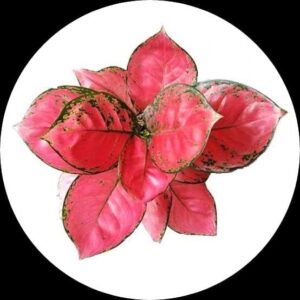
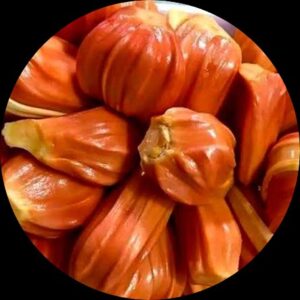

Reviews
There are no reviews yet.